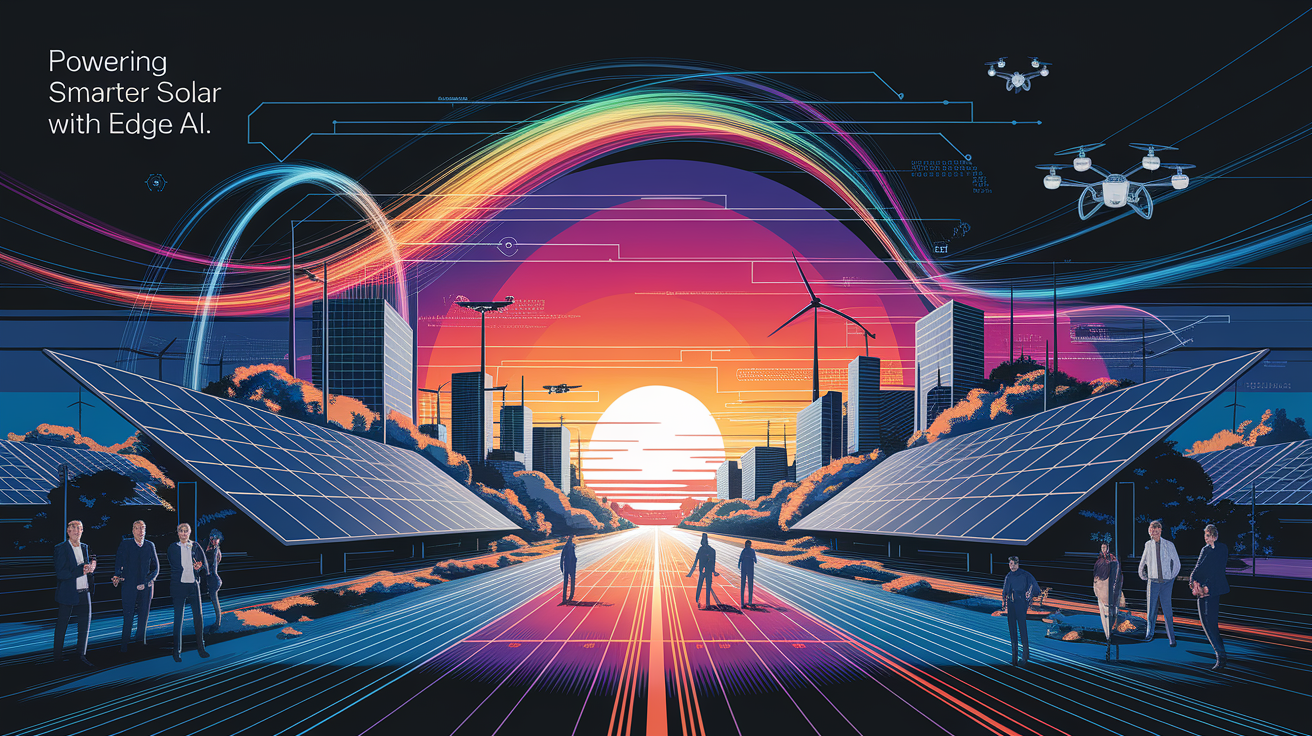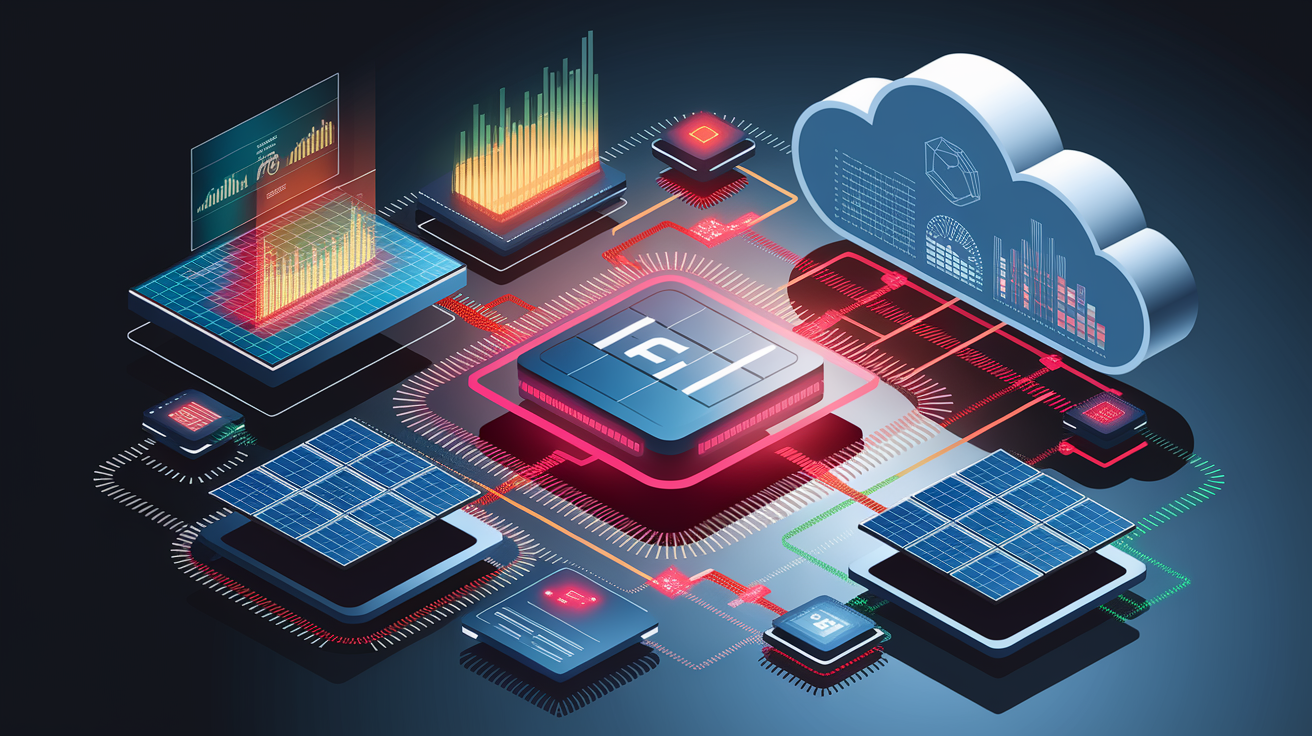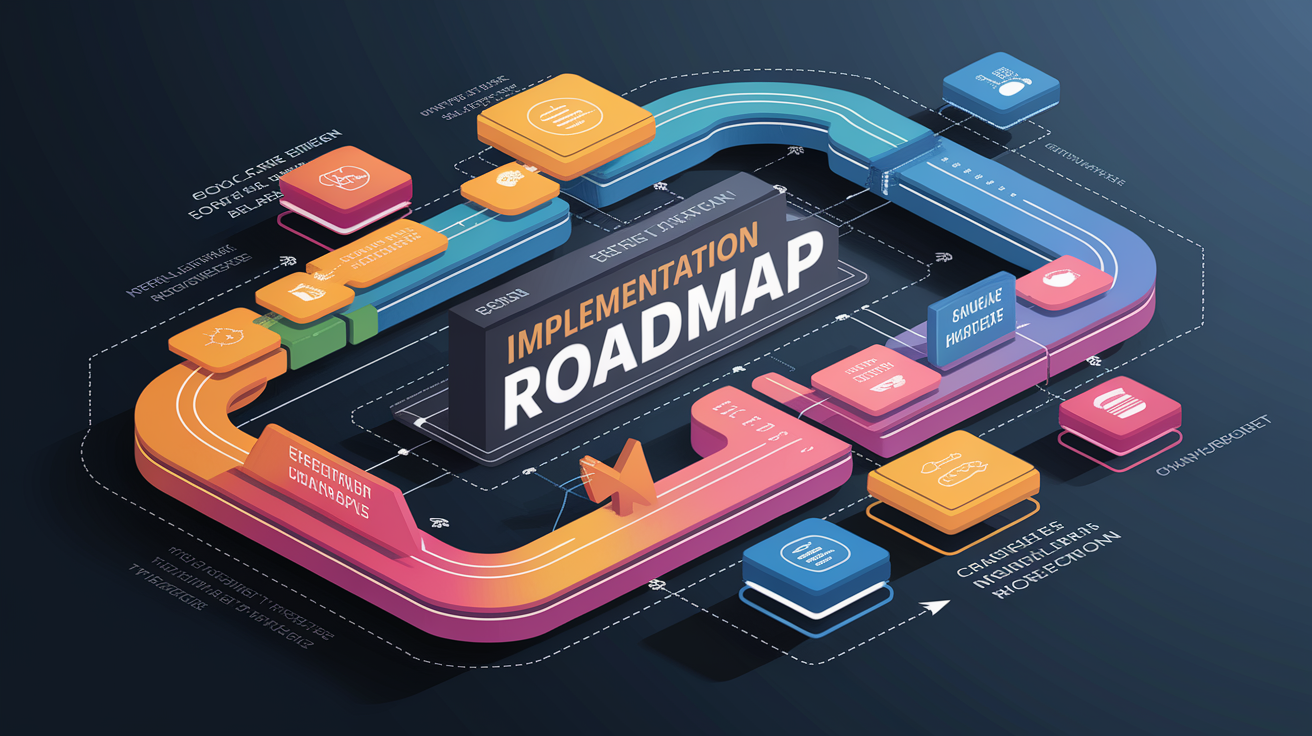Bright Horizons: Edge AI for PV Asset Management
Solar photovoltaic installations worldwide are generating unprecedented amounts of operational data, creating both opportunities and challenges for asset managers. Traditional centralized monitoring systems struggle with latency issues and connectivity dependencies that can delay critical maintenance decisions. Edge AI technology addresses these limitations by processing data directly at solar installations, enabling real-time fault detection and autonomous optimization that transforms how we manage photovoltaic systems.
Powering Smarter Solar with Edge AI
Edge computing brings artificial intelligence algorithms directly to solar installations through smart sensors and onsite computing units. This distributed approach processes data where it’s generated, eliminating the delays inherent in cloud-only solutions. For solar farm monitoring, this means immediate analysis of panel performance, inverter efficiency, and environmental conditions without waiting for data transmission to remote servers.

The technology integrates seamlessly with existing IoT sensors and condition monitoring equipment. Machine learning models running on edge devices analyze thermal imaging data, electrical output patterns, and weather data integration in real-time. This immediate processing capability enables predictive maintenance strategies that identify potential failures hours or days before they impact energy production.
Edge AI systems excel at anomaly detection by continuously learning normal operational patterns for each photovoltaic array. When deviations occur—whether from PV module degradation, inverter performance issues, or environmental factors—the system triggers immediate alerts and can even initiate automated responses to minimize energy yield losses.
Key Components of Edge AI PV Management
Modern edge AI solutions for photovoltaic systems integrate several critical components that work together to optimize performance and reduce operational costs:

- Smart Sensor Networks: Advanced IoT sensors monitor solar irradiance, panel temperature, electrical output, and environmental conditions. These devices collect granular data on individual panel performance and overall system health.
- Edge Computing Hardware: Ruggedized computing units deployed at solar installations process sensor data locally using specialized AI chips optimized for machine learning workloads in outdoor environments.
- Predictive Analytics Engines: Machine learning algorithms analyze historical performance data, weather patterns, and real-time sensor inputs to forecast maintenance needs and optimize energy generation schedules.
- Digital Twin Integration: Virtual replicas of physical solar assets enable scenario modeling and performance optimization without disrupting actual operations.
- Automated Response Systems: Edge AI platforms can automatically adjust inverter settings, redirect power flows, or schedule maintenance interventions based on real-time analysis.
These components create a comprehensive solar asset management platform that operates autonomously while providing detailed insights to human operators. The system continuously learns from operational data, improving its predictive accuracy and optimization recommendations over time.
Benefits for Solar Operators
Edge AI implementation delivers measurable improvements across multiple operational metrics that directly impact profitability and system reliability. Solar operators report significant gains in both efficiency and cost optimization when deploying these intelligent systems.
Operational Excellence Improvements:

- Downtime reduction of 25-40% through proactive fault detection and rapid response capabilities
- Maintenance scheduling optimization that reduces truck rolls by up to 30%
- Real-time analytics enabling immediate response to performance anomalies
- Enhanced grid integration through predictive power generation forecasting
Financial Performance Gains:
- Energy efficiency improvements of 5-15% through continuous performance optimization
- Maintenance cost reductions of 20-35% via predictive rather than reactive approaches
- Extended asset lifecycles through early detection of degradation patterns
- Improved sustainability metrics and carbon footprint reporting for ESG compliance
The technology particularly excels at managing distributed renewable asset portfolios where traditional centralized monitoring becomes unwieldy. Edge AI systems scale efficiently across multiple sites while maintaining consistent performance standards and operational protocols.
Implementation Roadmap
Successful edge AI deployment requires a structured approach that balances technical requirements with operational realities. The implementation process typically follows a phased methodology that minimizes disruption while maximizing learning opportunities.
Phase 1: Assessment and Planning (2-3 months)
- Conduct comprehensive site surveys to identify optimal sensor placement and edge computing locations
- Evaluate existing monitoring infrastructure and integration requirements
- Define key performance indicators and success metrics for the deployment
- Select pilot sites that represent diverse operational conditions and challenges
Phase 2: Pilot Deployment (3-6 months)

- Install edge computing hardware and sensor networks at selected pilot locations
- Deploy initial machine learning models trained on historical performance data
- Establish data collection protocols and remote diagnostics capabilities
- Begin training local teams on new monitoring and maintenance procedures
Phase 3: Optimization and Scaling (6-12 months)
- Refine AI models based on pilot site performance and feedback
- Expand deployment to additional sites using lessons learned from pilot phase
- Integrate edge AI insights with existing asset management workflows
- Develop automated response protocols for common fault conditions
Throughout implementation, comprehensive solar asset management practices ensure that new technologies integrate smoothly with existing operational procedures and regulatory requirements.
Overcoming Deployment Challenges
While edge AI offers substantial benefits, successful deployment requires addressing several technical and operational challenges that can impact project outcomes. Understanding these obstacles enables proactive mitigation strategies.
Technical Infrastructure Challenges:
- Harsh outdoor environments require ruggedized computing hardware capable of operating in extreme temperatures and weather conditions
- Power consumption of edge devices must be carefully managed to avoid impacting overall system efficiency
- Cybersecurity considerations become more complex with distributed computing nodes requiring robust protection protocols
- Model update deployments across multiple edge locations need automated systems to ensure consistency
Operational Integration Issues:
- Staff training requirements for new monitoring tools and maintenance procedures
- Data quality assurance across diverse sensor types and environmental conditions
- Balancing automated responses with human oversight and intervention capabilities
- Establishing clear protocols for escalating issues that exceed edge AI decision-making parameters
Successful projects address these challenges through careful vendor selection, comprehensive testing protocols, and phased deployment strategies that allow for iterative improvements. The investment in robust infrastructure and training pays dividends through improved system reliability and operational efficiency.
Beyond the Panel: Future Outlook
The evolution of edge AI in photovoltaic asset management points toward increasingly autonomous and intelligent renewable energy systems. Emerging technologies promise to further enhance the capabilities and value proposition of these solutions.
Advanced Integration Capabilities:
- Robotics integration for automated cleaning and basic maintenance tasks
- Enhanced digital twin models that simulate complex operational scenarios
- Advanced weather data integration for improved power generation forecasting
- Energy storage optimization through intelligent charge/discharge scheduling
Emerging Technology Convergence:
- 5G connectivity enabling faster data transmission and remote control capabilities
- Quantum computing applications for complex optimization problems
- Blockchain integration for transparent performance reporting and carbon credit tracking
- Advanced materials science improving sensor accuracy and durability
These developments align with the broader Energy 4.0 paradigm that emphasizes digital transformation and real-time operational control. Technologies driving asset optimization continue evolving rapidly, promising even greater efficiency gains and cost reductions for solar operators.
The convergence of artificial intelligence, edge computing, and renewable energy creates opportunities for entirely new business models and operational approaches. Solar installations become active participants in smart grid ecosystems, automatically optimizing their contribution based on real-time demand signals and market conditions.
Sunlit Success: Closing Reflections
Edge AI represents a fundamental shift in how we approach photovoltaic asset management, moving from reactive maintenance to proactive optimization. The technology delivers measurable improvements in operational efficiency, cost reduction, and system reliability while positioning solar operators for future grid integration challenges. As AI innovations continue advancing, the competitive advantage will increasingly belong to organizations that embrace these intelligent systems and integrate them effectively into their operational strategies.







